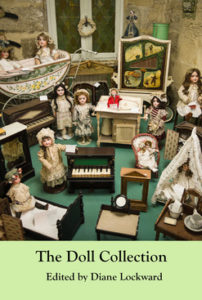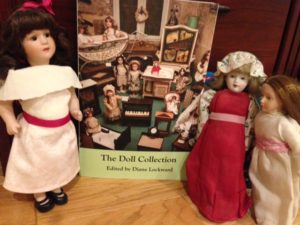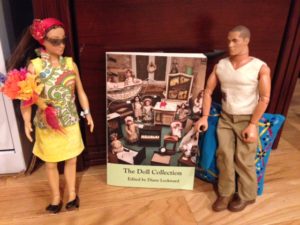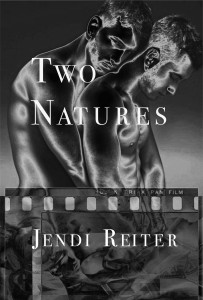Romantic suspense author Zara West (Beneath the Skin) created this stylish book trailer for Two Natures using my storyboard, stock photos, and public domain archival photos from the New York Public Library.
Now through September 28, the e-book of Two Natures is on sale on Amazon Kindle and Apple iBooks for 99 cents! Julian may never be this cheap again…unless you’re a cute boy and buy him another rum and Coke…
I appreciated this insightful review from Kittredge Cherry at Jesus in Love Blog, “Two Natures explores sexuality and spirituality during AIDS crisis”. Art That Dares, Cherry’s book of feminist and LGBT-themed religious art, helped me envision a God who could accept Julian and me. She writes:
The dense and varied literary coming-of-age novel ranges from comic scenes that could easily become a hit movie to the explicitly sexual and the touchingly tragic. Reiter brings alive LGBTQ touchstones of the era: the visit from out-of-town and out-of-it parents to their closeted son, the AIDS death and awkward funeral, and so on…
…As art historian, I especially enjoyed the way that some of Julian’s spiritual reflections were provoked by art. For instance, Julian’s inner spiritual conflict is portrayed at first through his responses to “Piss Christ,” a controversial photograph by Andres Serrano.
The novel is also significant as an example of how a new generation tries to make sense of an AIDS crisis that they were too young to experience firsthand. I happened to read “Two Natures” at the same time that I was rereading my own journals for an oral history interview about doing AIDS ministry at Metropolitan Community Church of San Francisco in the late 1980s. Perhaps no novel can capture the agony, ecstasy and desperate intensity of those times.
Julian never found the kind of LGBTQ-affirming church home that we provided at MCC-SF. Sadly that may be true for many young gay men in the early 1990s, and even now. But there’s good news: Reiter is already working on a sequel. Julian will have another chance to find long-term love and a gay-positive spiritual community, with readers invited along for the ride.
And here’s my latest Goodreads review from T Christopher:
A marvelous book. I enjoyed Julian’s story so much and found it very relatable. There were so many beautiful, little surprises (“Spring Chicken Perfume”) and a great many laugh out loud moments. It brought up a lot of memories for me—young men who had to shoulder more responsibility and grief than was reasonable for their years, and too many who never got to grow up and old. Too many losses. I really appreciate the characterization of Julian—so on the ball in so many ways, and yet so readily apt to drop it. Very realistic.
Reiter is a marvelous writer and this is a rich, wonderful, and heartbreaking, story. I enjoyed reading it very much.
Book Reader Magazine, an e-book promotion site in the Awesomegang affiliate network, ran a brief interview with me this month.
Save the date: My book launch reading will take place on Thursday, Sept. 29, at 7:30 PM, at the Bureau of General Services – Queer Division bookstore in the LGBT Center, 208 W. 13th Street, New York City. I’m honored to share the stage with Charlie Bondhus, winner of the Publishing Triangle’s Thom Gunn Award for Gay Poetry. See the event listing in Gay City News. RSVP on Facebook.



